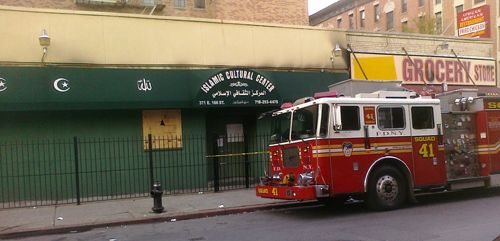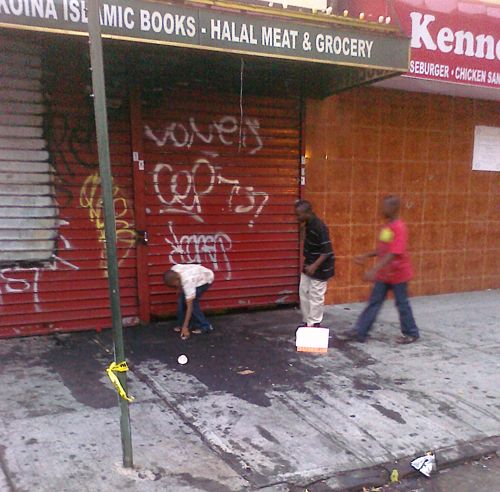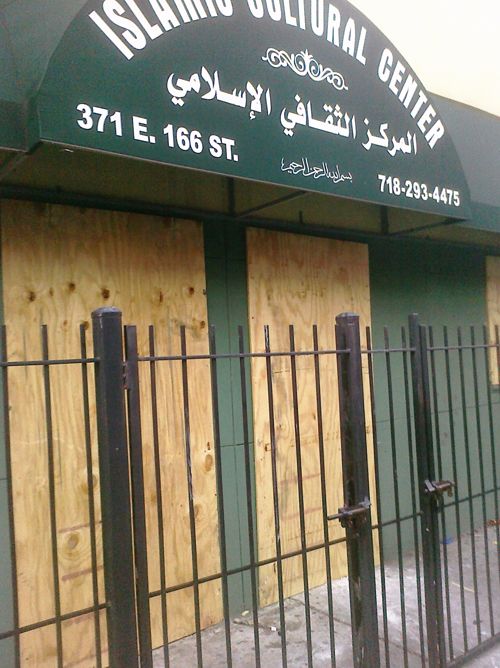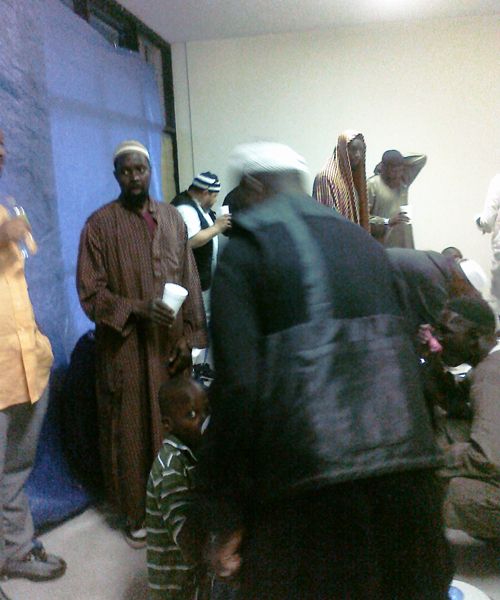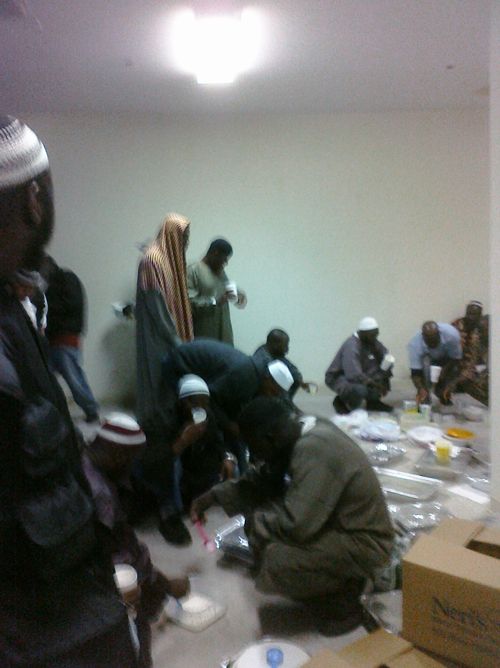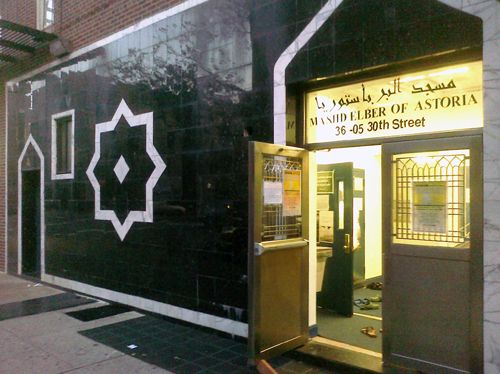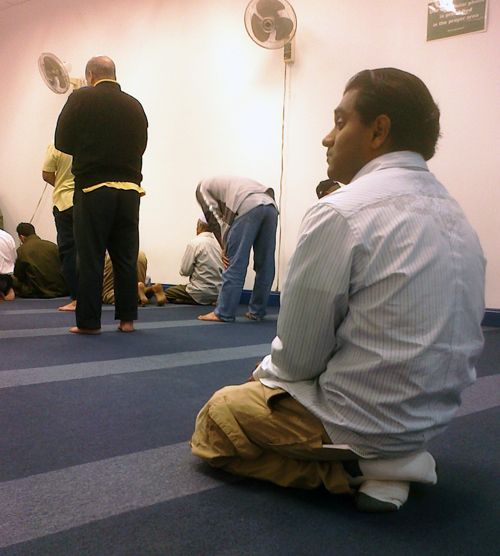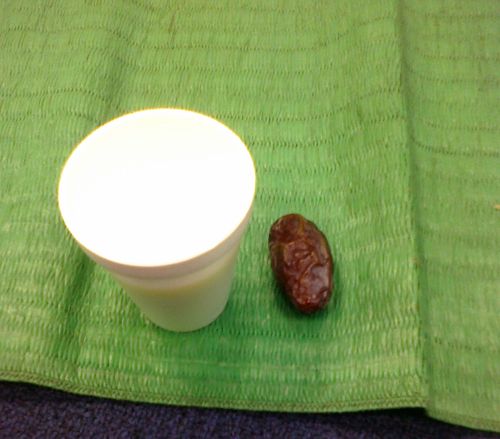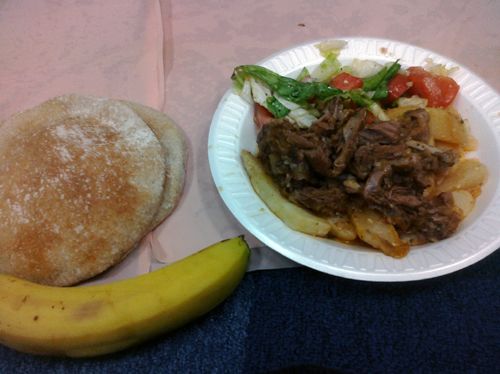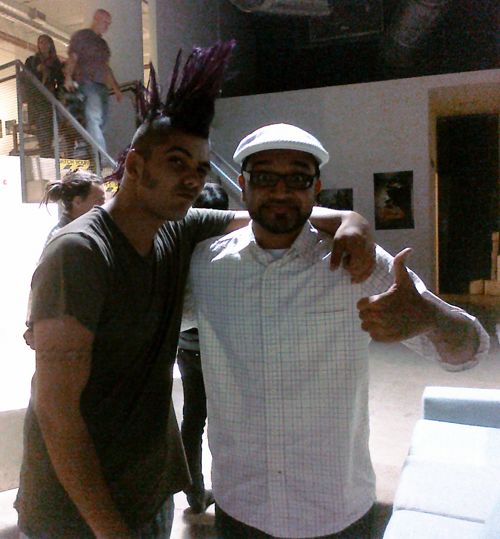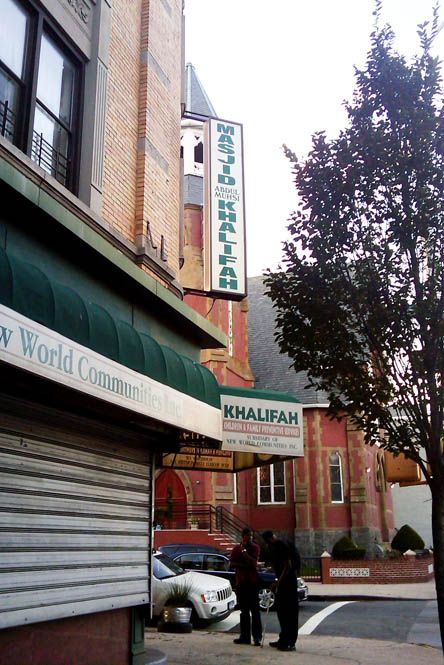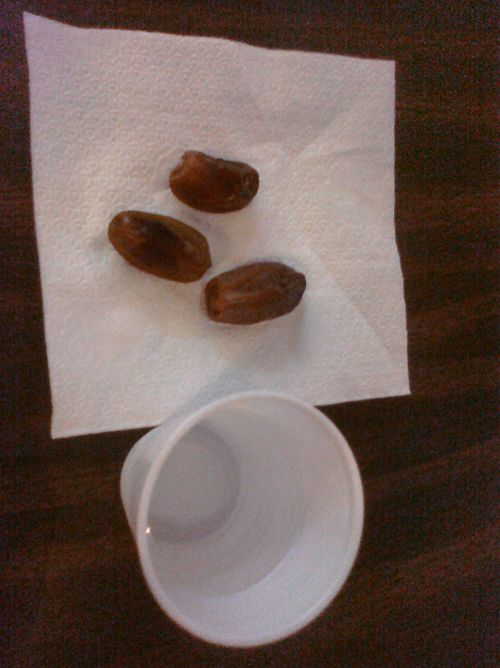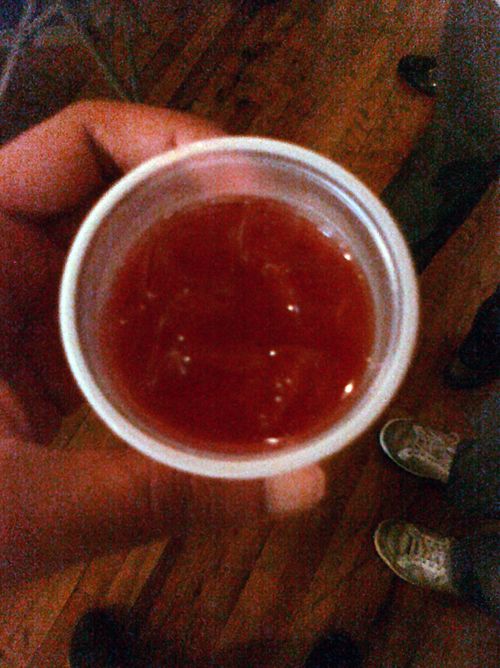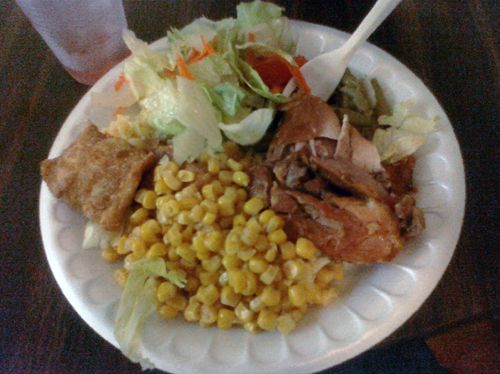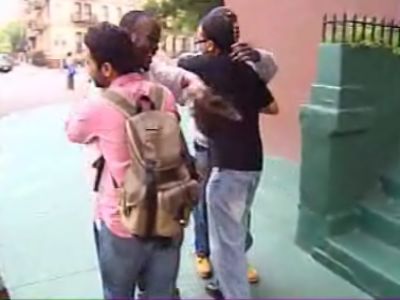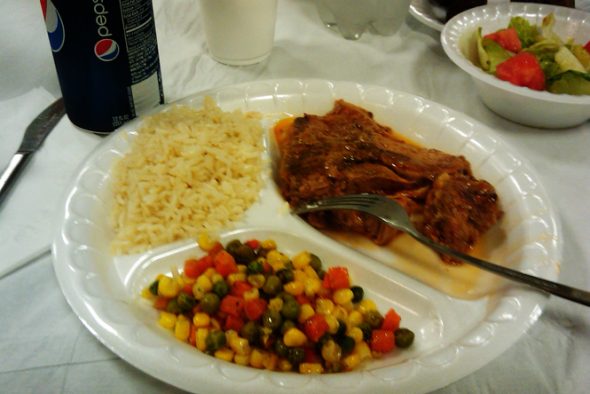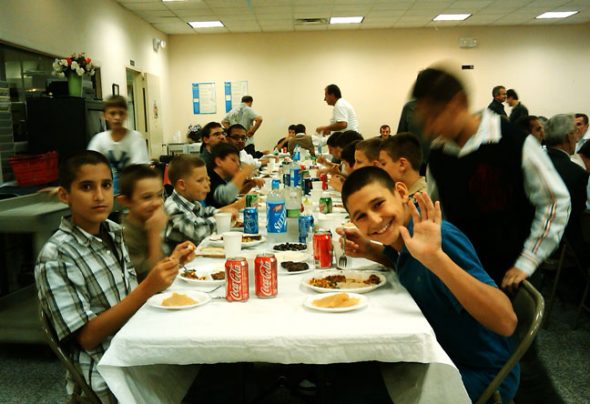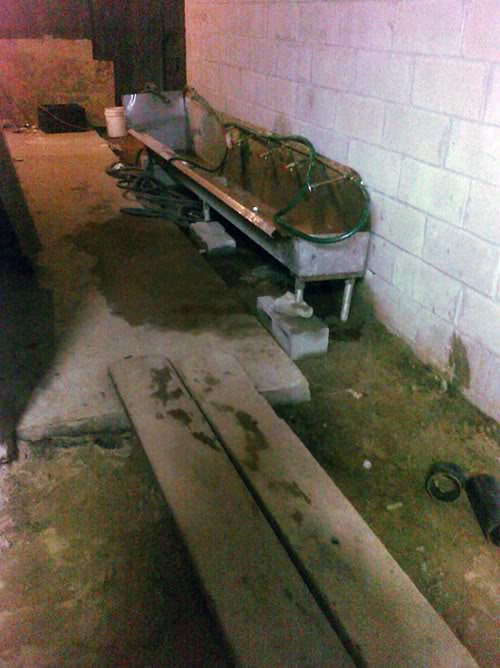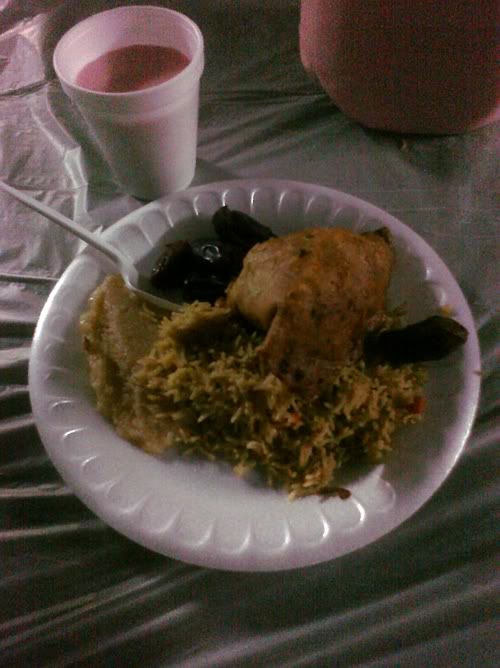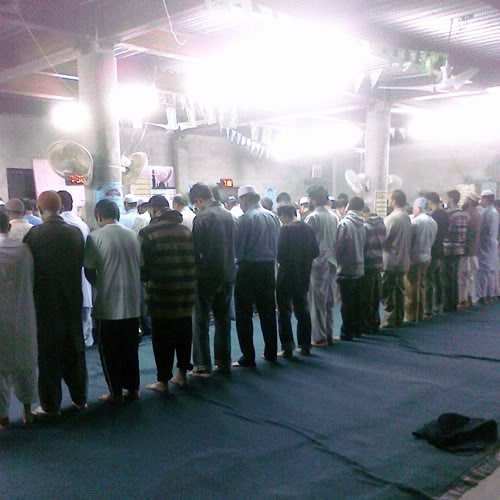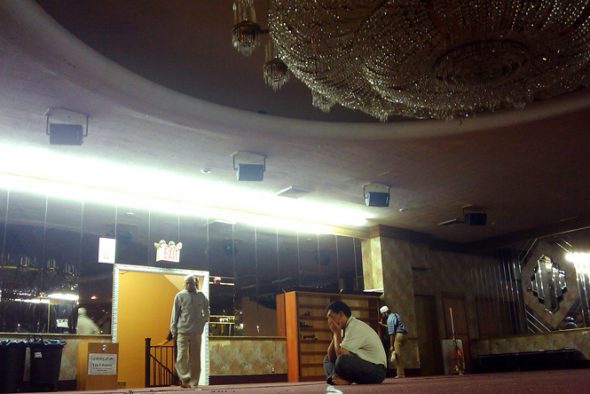What better place to end the month of Ramadan than with one of the beacons for the Muslim community in New York, the Islamic Center at NYU.
This is the on campus center for Muslim students at New York University, but under the leadership of Imam Khalid Latif, this place has bloomed into one of the most popular hotspots for New York City’s entire Muslim community. Khalid Latif works double duty as chaplain for NYU and the New York City police department. He is one of the few Muslim leaders in this country that “gets it.” But more on that later.
The mosque is attended primarily by Muslim college students and young professionals working in the city, but during the jam packed Friday prayers you’ll also see plenty of older and younger Muslims attending the services.
Speaking from previous experience on a much smaller scale, running a Muslim college organization is no easy task. Because by the time leaders get in their groove, they graduate and the next batch of leaders have to start over. But NYU is different. Rather than catering to just college students, they know that in order to build a successful Muslim institution, you have to be welcoming to the entire community.
Right now the Islamic Center is located in the basement of this church by the NYU campus. We had to wait about 10 minutes to go inside because the church was hosting an Alcoholics Anonymous meeting there.
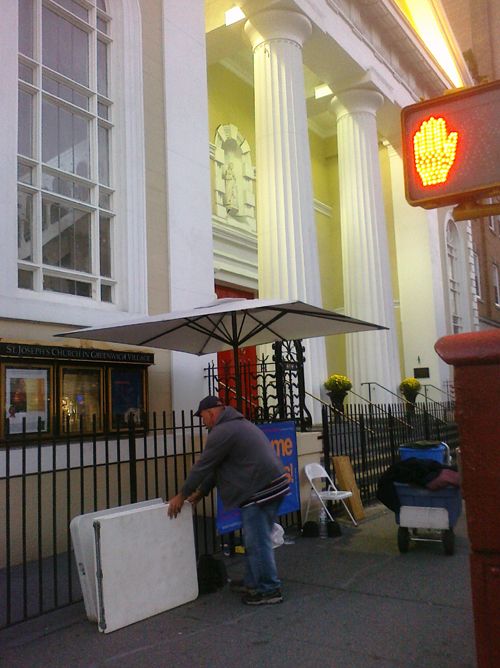
There weren’t many people at the mosque tonight, but understandably so. It’s a Saturday and most of the students have gone home for the weekend since Eid Al-Fitr, the holiday celebrating the end of Ramadan, is tomorrow.
My little brother goes to NYU, so it was nice getting the chance to spend one last iftar with him. We went inside and helped them roll out a few carpets as the time for iftar was coming in.
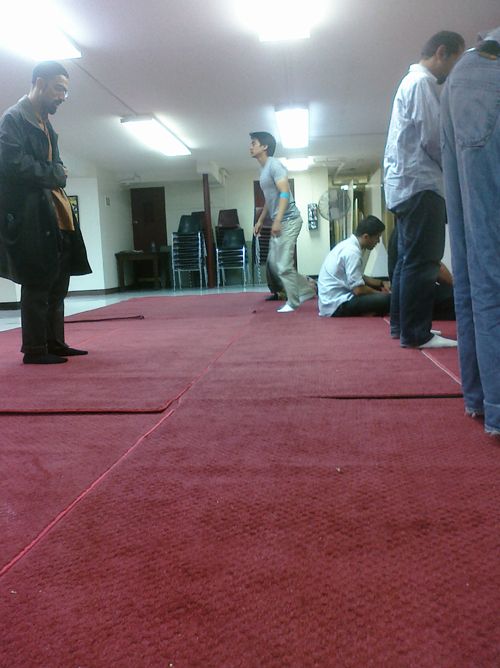
To break my fast, once again I rocked it old school, a date and a glass of water.
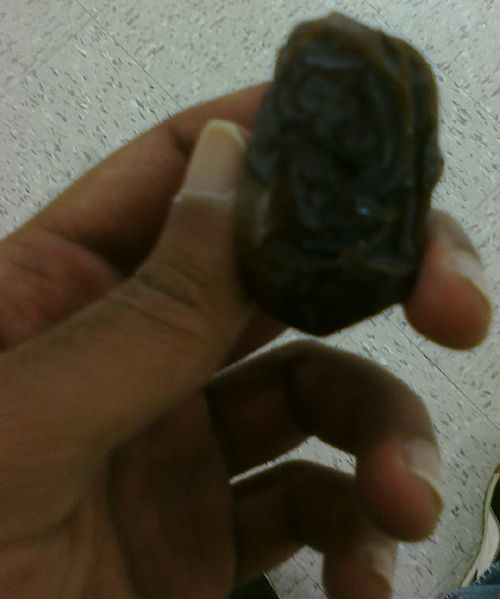
After prayer, we ate dinner. The food was catered from one of my favorite greasy restaurants, Kennedy Fried Chicken. It’s a huge halal food chain here in New York. It’s halal and open late, can’t go wrong with it. Tonight I had a philly cheesesteak, cheesy tater tots and an orange (to give my meal an ounce of healthiness). Epic yum.
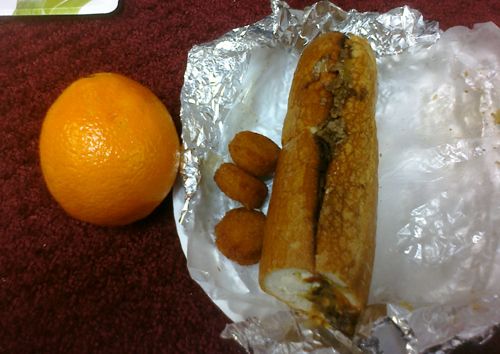
Overall there were about 20 people there tonight, just about all students. But during the week, NYU usually gets around 80-100 people for iftar. Friday prayer is always jam packed. Khalid Latif usually leads the prayer here, and his Friday talks are amazing. Plus all the friday sermons are podcasted, so feel free to load up your iPod with these goodies.
Like I mentioned earlier, Khalid Latif “gets it.” The church basement where the mosque is located is only a temporary place for the Islamic Center. But what Khalid and the Muslims envision for their new location is beyond amazing. In two years the new Islamic Center will open on the NYU campus as an official part of the university. It will be more than just a traditional mosque. It will be a full fledged spiritual center catering to all the needs of the Muslim community. Aside from a room to pray, it will feature ta lounge for people to socialize and computer labs for students to get their work done.
To me that is what a mosque should be, a community center. Obviously it’s primarily a place to pray, but for someone like me in their 20s, it should also be a place where I can hang out with my friends.
I’ve had the blessing of doing a lot of traveling in my short lifetime and I often think about where the Muslim community as a whole is headed in this country. When I come to places like the Islamic Center at NYU, it brings a smile to my face because I know we’re heading in the right direction.
Sunday is Eid and we have a series of special posts for you. Until then, Eid Mubarak 🙂
